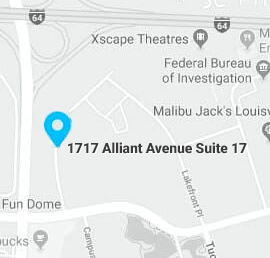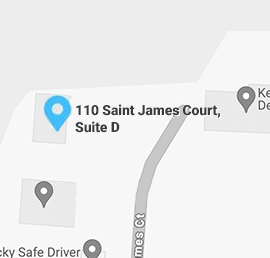For most people, bankruptcy is a last resort; however, Kentucky residents who are struggling to pay their bills may feel that they have no other option. Filing bankruptcy is not an easy decision, but it could provide much-needed debt relief.
There are three types of bankruptcy: Chapter 13, Chapter 7 and Chapter 11. Chapters 7 and 11 allow the person who files bankruptcy to give up property, such as a house or car, in exchange for the discharge of debt. Both Chapters 7 and 11 allow the debtor a fresh start with no required repayments.
Chapter 13 bankruptcy differs from the other chapters in that some of the debt is restructured and repaid as opposed to being discharged. The court allows the debtor to pay a trustee a monthly amount that will be distributed to creditors, allowing the debtor to catch up on missed payments. In some cases, the debtor can keep their house and vehicles if they can keep up with the arrangements to pay the trustee.
To file Chapter 13, the debtor must prove that they can make the monthly payments, and this is calculated by using a formula that subtracts debt from income. Priority debts such as income tax, child support or alimony are figured in first, followed by house and car payments. The debtor must be able to prove that they can make these payments out of their disposable income.
Those considering bankruptcy may feel as if they can file without legal help; however, that might be a poor choice. Each person’s situation is different, and it is not always easy to decide if or when to file for bankruptcy. An experienced attorney may provide professional guidance on how to file as well as offer representation and support throughout the process.








